Loadsheet Computer
1. General
The Loadsheet Calculator is a compact device engineered to deliver precise aircraft mass and balance calculations, with the capability to print a hardcopy of the final loadsheet. There’s no need to spend time with calculators and paper charts—creating a complete loadsheet takes less than a minute.
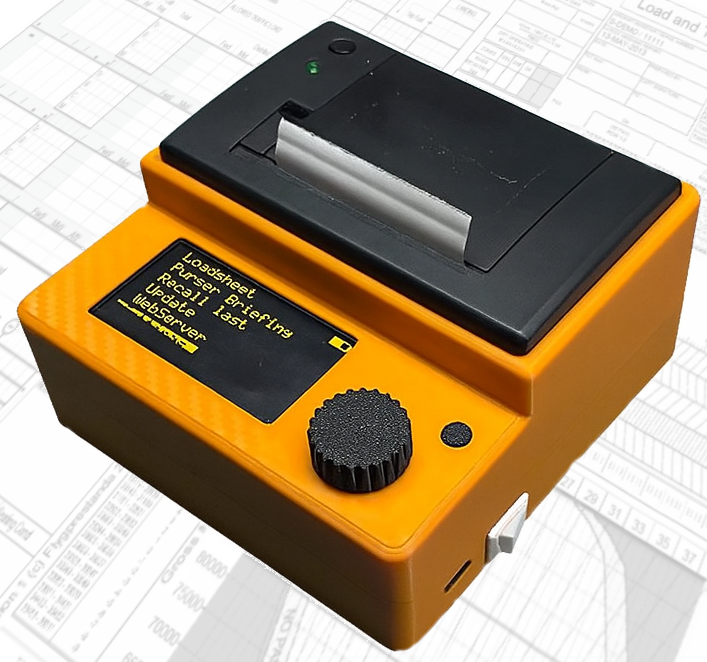
The device supports both aircraft database updates and over‑the‑air software updates via an Internet connection. Adding a new aircraft or updating an existing one is as simple as clicking a button. Aircraft‑specific data is derived and imported from the aircraft's AHM and stored locally on the internal filesystem.
User input is handled primarily through a rotary encoder with an integrated push‑button, allowing intuitive navigation and value selection. Pressing the encoder confirms entries, while a dedicated Back button enables users to return to the previous screen or cancel input at any time.
2. Technical Data
4. Loadsheet Workflow
The loadsheet input contains five pages:
1/5 Flight details

- Flight no
- City pair (auto‑filled if found in database)
- Date (last selected date is stored in NVRAM)
- Aircraft registration
- Crew composition
- Flight type (sets passenger weight). For ferry flights, pantry weight/index are subtracted from DOW/DOI if specified in AHM.
2/5 Fuel details

- Block Fuel
- Taxi Fuel
- Trip Fuel
- Captain name (optional; if stored in DB)
3/5 Payload data

- Passenger number (M, F, C, I)
- Baggage weight
- Cargo weight
- Mail weight
Weights summary info
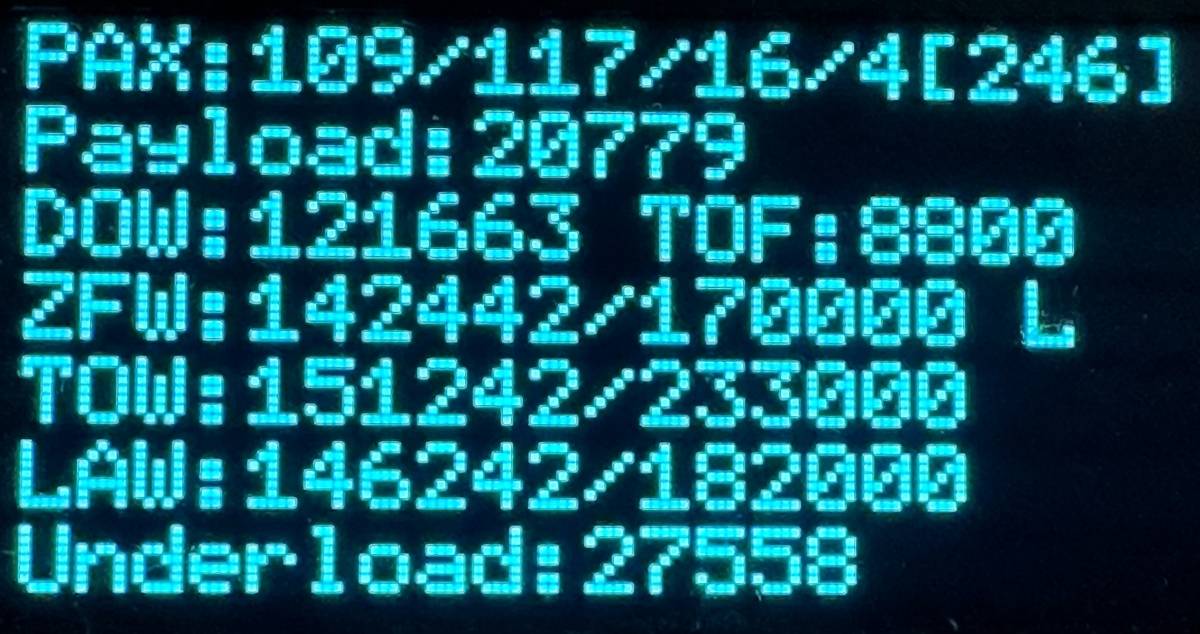
The summary page indicates which of ZFW, TOW, or LAW is limiting (marked with "L"). Values beyond limits are inverted in color and marked with "!!". Pushing the encoder will return to page 3/5 if out of limits, otherwice will advance to page 4.
4/5 Passenger seating

Distribute passengers among cabin zones with the encoder. The top row shows passengers left to seat. If the total pax does not match the passengers number entered on page 3/5, "Check PAX number!" warning appears, press the encoder to reenter data.
5/5 Cargo distribution

Distribute total baggage + cargo + mail among compartments with the encoder. The top line shows remaining weight to distribute. If totals don't match the weight entered on page 3/5, "Check cargo figures!" appears, press the encoder to reenter data.
CG Envelopes
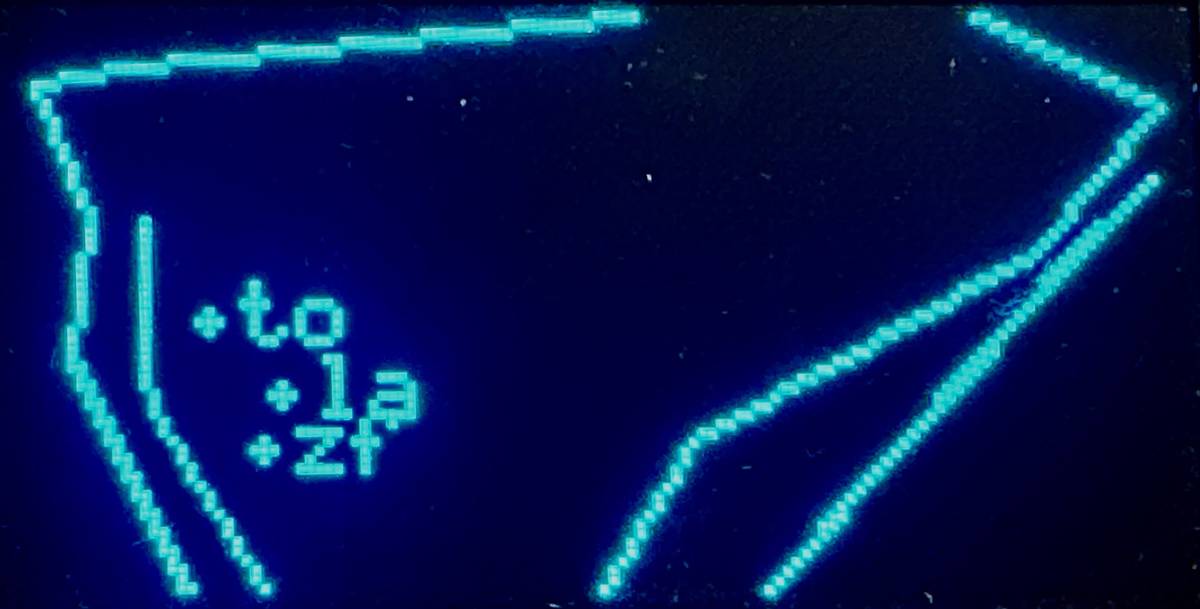
When all data are within limits, a graphical presentation of ZF, TO, and LA MAC limits is shown; actual computed positions are plotted with labels. Press the encoder to continue.
The actual CG and trim
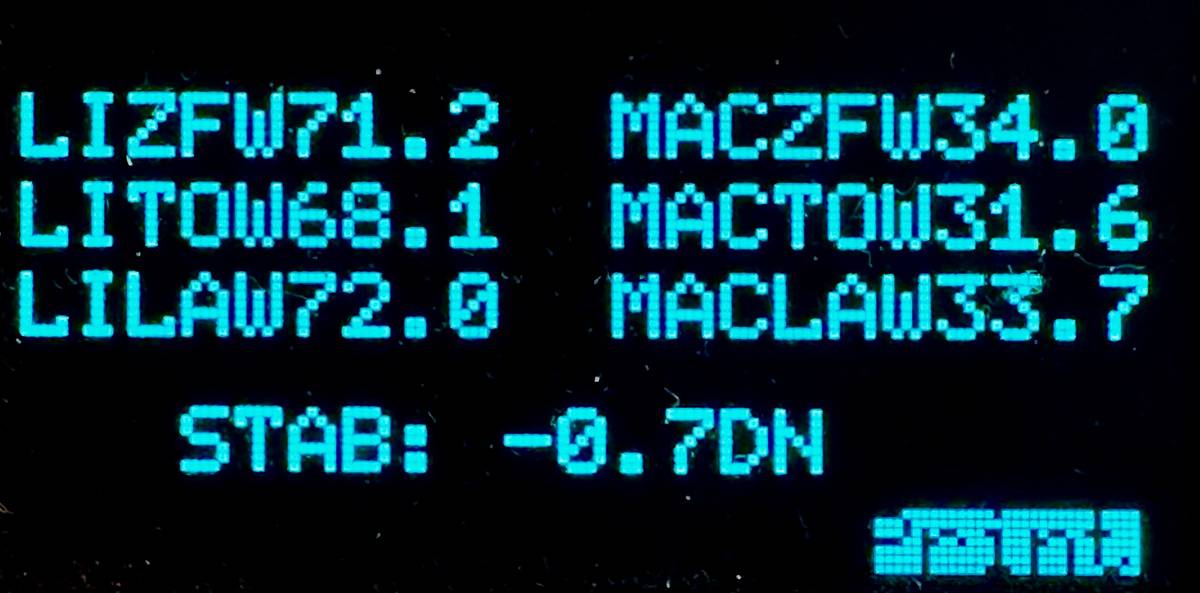
Computed indexes and MAC values for ZFW, TOW, and LAW are displayed. Stabilizer position is calculated from MACTOW. Press the encoder to print, Back button returns to page 3/5. Out‑of‑limit values are color inverted and flagged with "!!". Print option is unavailable.
Each encoder press prints a copy loadsheet. Rotating the encoder allows selection of the "Back" option and return to the main menu. The Back button returns to page 3/5 to update the passengers and cargo loads.
5. Sample outputs
Loadsheet

Trip Information Sheet
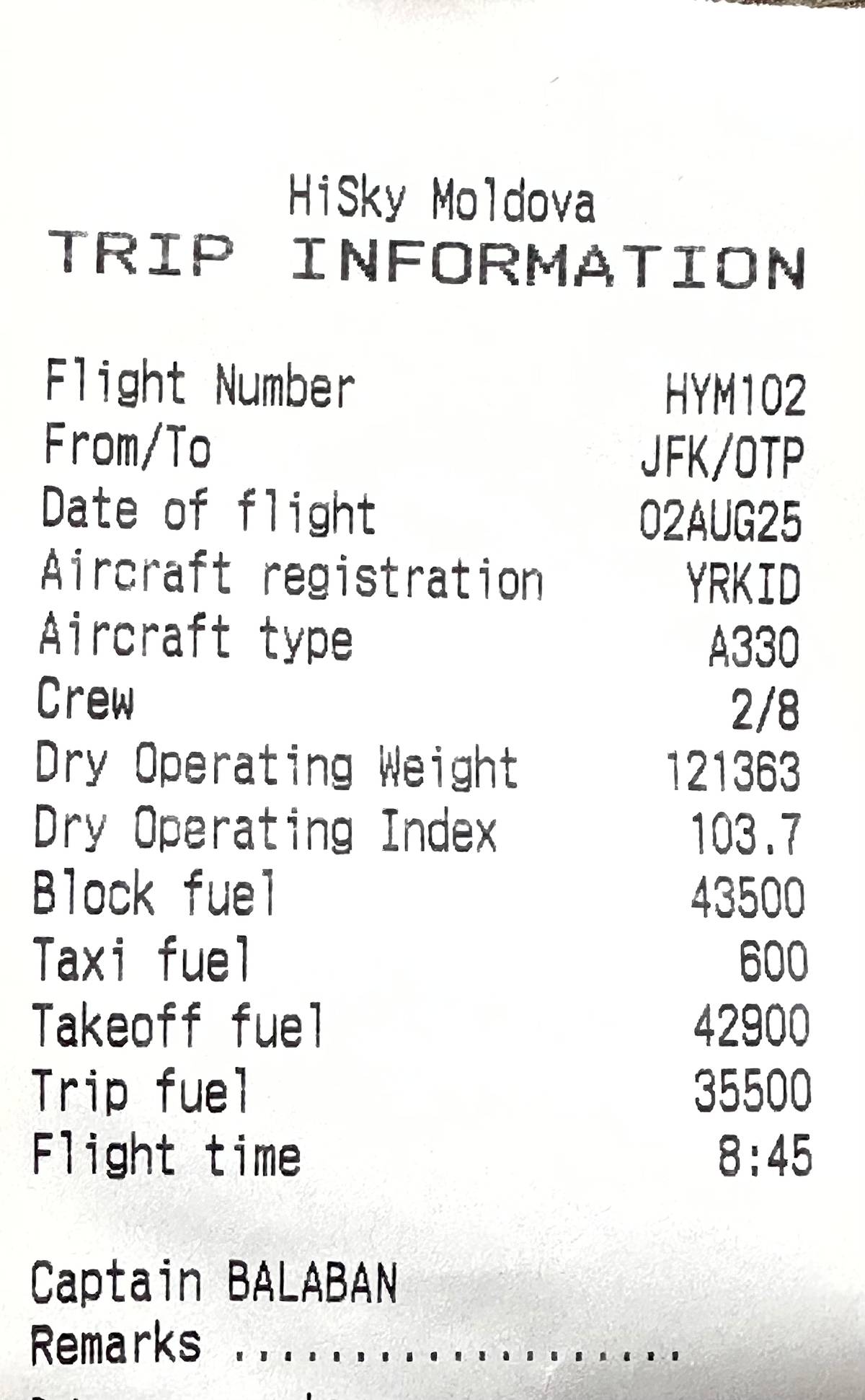
Purser Information
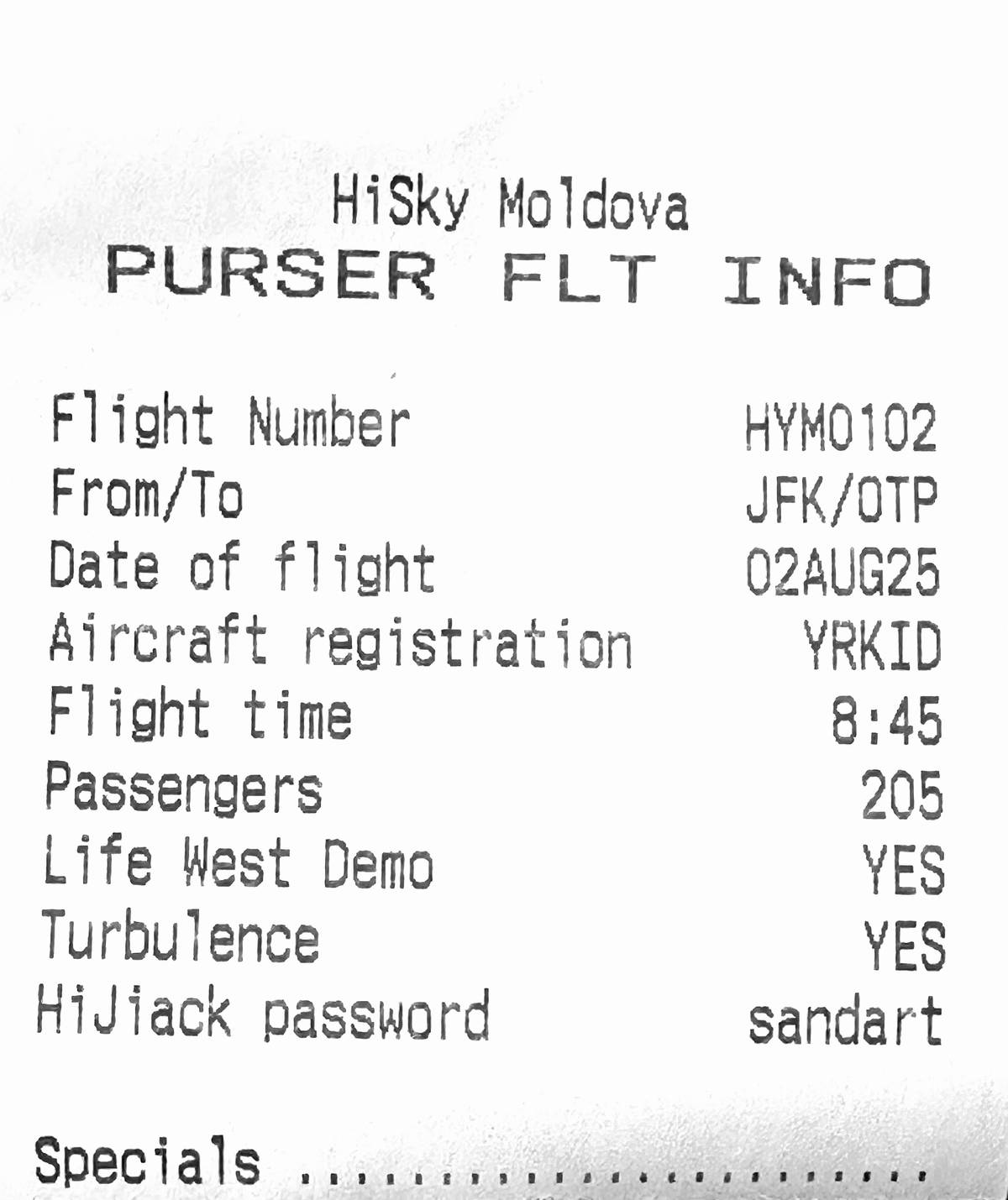
Demo video: Click to watch